Even if you’re short of space, Making a Butterfly Garden in containers is possible with some of the most amazing hacks in this article!
Butterflies visit a garden for two things — nectar, which they get from flowers, and for host plants to lay their eggs. So if you are Making a Butterfly Garden, ensure you grow both butterfly-friendly flowers that are nectar-rich and host plants — ones that caterpillars prefer to eat.
What Does It Mean to Cross Paths with a Butterfly?
Making a Butterfly Garden in Containers
1. Choose the Right Location
Usually, butterfly prefers to flutter in a sunny location that is less windy. Choose a location that receives at least 4-6 hours of sunlight daily and remains sheltered. Without the winds, the butterfly can conserve energy while it consumes the nectar.
2. Grow Host Plants
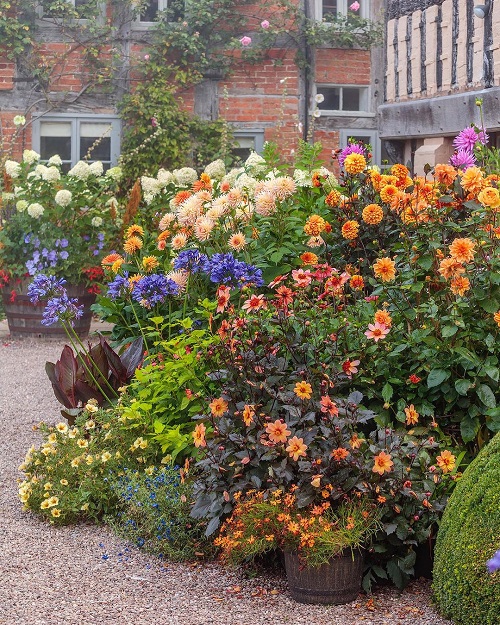
Growing host plants when making a butterfly garden is essential. They attract butterflies to lay their eggs on them, once the eggs hatch and caterpillars emerge, they start to feed on the host plants.
You can grow black-eyed Susan, common milkweed, asters, coneflowers, hollyhock, nasturtiums, herbs like dill and fennel, and climbers like passionflower vine for this purpose. Cinquefoil, spirea, wild roses, ash trees, cottonwood, Douglas firs, oaks, pines, sedums, and lupines are all butterfly plants.
3. Add Butterfly-Friendly Plants
Host plants will let the butterflies grow, but nectar plants attract butterflies. Grow nectar plants in containers to attract butterflies. Wildflowers, weeds, and flowers of non-hybrid varieties are suitable. Also, choose plants that have a long blooming season.
Mums, yarrow, Queen Anne’s lace, gaura, lantana, nemesia, zinnia, lavender, petunia, marigold, cosmos, verbena, butterfly weed, and pentas are some good ones.
You can also go with lomatium, mock orange, huckleberry, monkeyflower, cherry, hawthorne, willows, and coneflowers.
Here are the best flowers you can grow to attract butterflies!
4. Avoid the Use of Chemical Pesticides and Herbicides
If you’re making a butterfly garden, you must know the use of pesticides discourages the beneficial insects, birds, and pollinators and ultimately kills them as well.
Introduce beneficial insects like ladybugs, praying mantis, and lacewings and introduce organic solutions.
5. Arrange Plants at Different Heights
Use butterfly containers of different sizes. A combination of low-growing flowers, tall shrubs, and trailing plants is sufficient. You can also apply the thriller-spiller-filler technique.
You can bunch grasses and plants to create hiding spots by playing with heights.
6. Plant Densely and Grow Flowers in Masses
Pollinators attract toward the areas where plants are planted densely and flowers appear in masses as they prefer to flutter from flower to flower. So, you will surely benefit if you create a massive flower bed.
7. Flower Color Matters
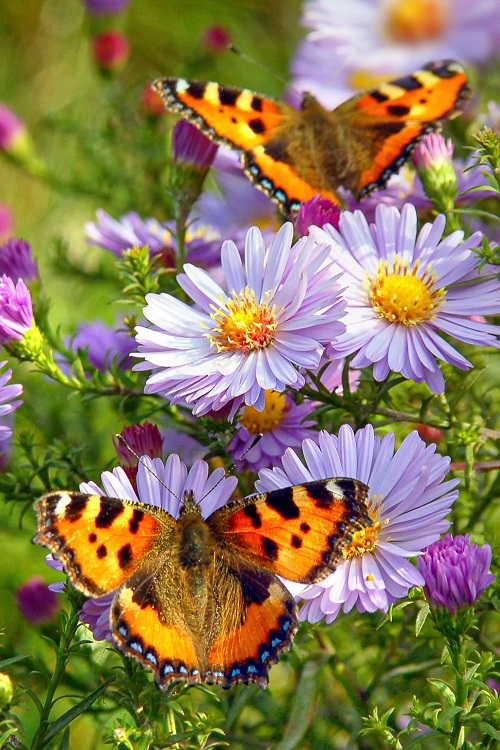
Do you know butterflies can see colors, and they are attracted more towards bold and warm colors? Yellow, pink, red, purple, lavender, blue-green, or orange work the best.
Also, the flowers that bloom in clusters, short tubular flowers, or those with large flat petals lure them.
Learn How to Choose Garden Color Schemes
8. Obtain a Puddling Source
You often see butterflies on moist sand or mud, and it looks like they are nibbling something. This behavior is called puddling, they do this to obtain the minerals from the soil.
Create a puddling place in your butterfly container garden by placing a saucer or shallow pan and filling it with coarse, moist sand.
You can also add salt 1/2 to 3/4 cup (table salt or rock salt) to 1 gallon of sand, mix it well, and keep the sand evenly moist or wet all the time.
19 DIY Butterfly Feeder Ideas + Quick Liquid Butterfly Food Recipe
9. Do Mulching with Leaves
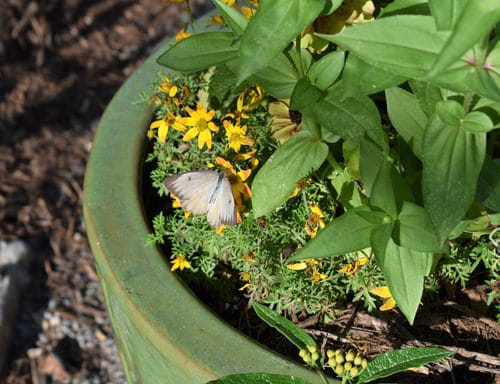
Some butterfly species lay eggs and hibernate in the covering of leaf litter or mulch to save themselves from predators, you can do thick mulching on each pot to help them.
10. Apply Pesticides in Evening or Night
To save beneficial insects and pollinators like bees and butterflies, you should make your garden a chemical-free zone because butterflies are sensitive to pesticides in all life stages.
But if you still need to, it is best to apply pesticides in the evening or night when they are not active.


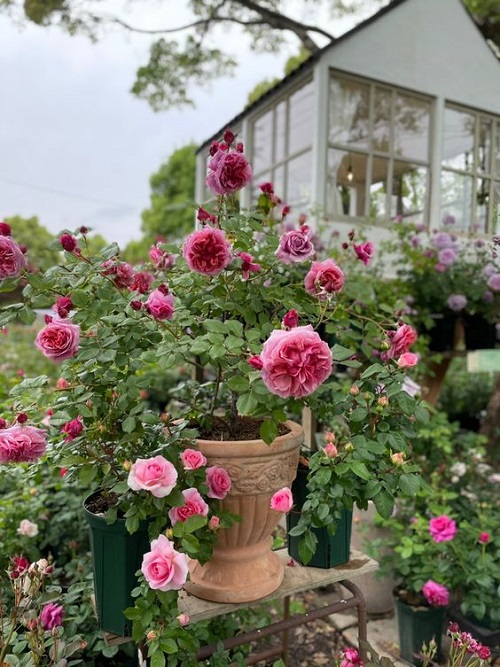
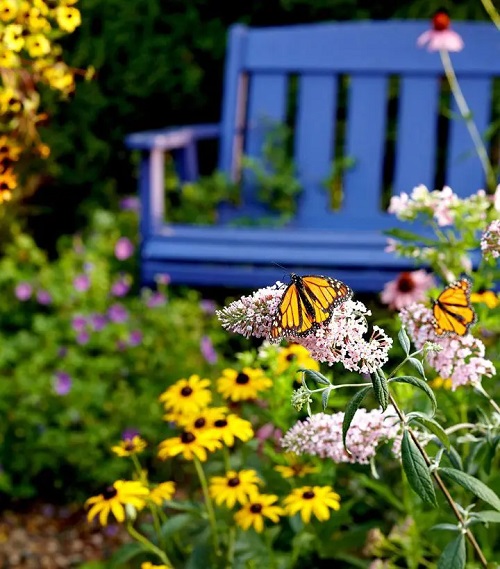
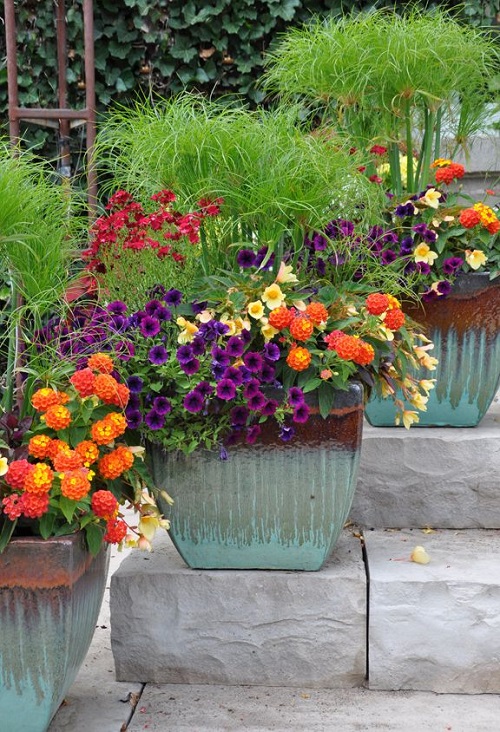
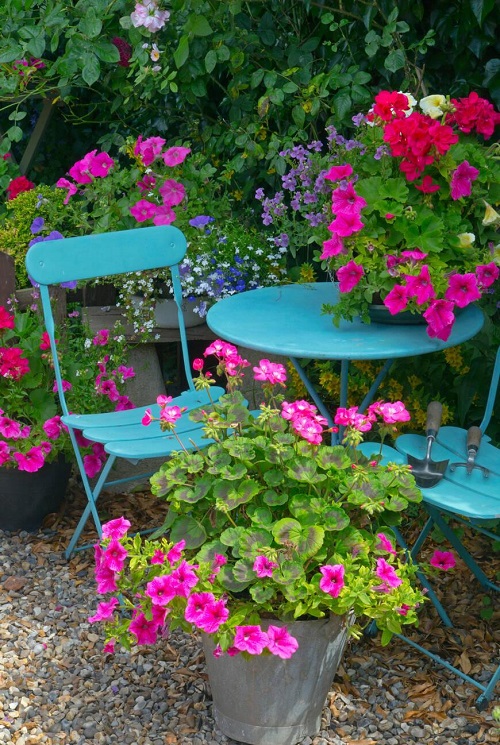
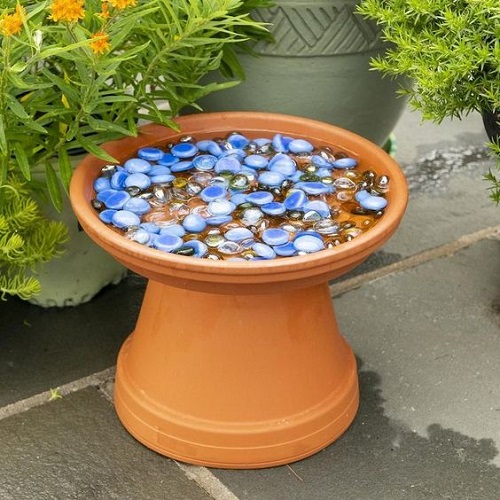
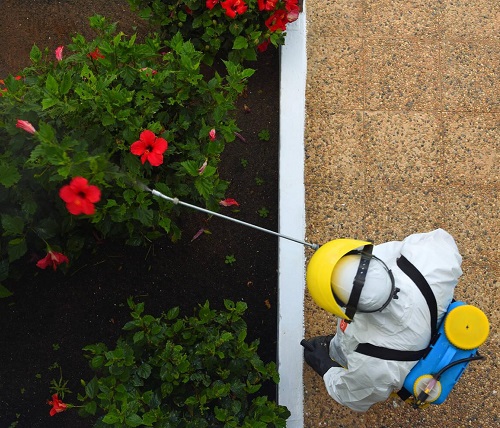

This is an awesome amount of information in a much readable format. I learned more from this page than the five or more that I’ve read on butterfly gardens. Being able to grow “butterfly” plants in containers is amazing. Now I’m going to have to go through my garden and/or the patio to find the perfect place. I love the versatility of options for every gardener. And the soil advice, the sun advice…I can’t wait to start!
What’s with Number 10? You can’t use pesticides period…..not even at night. Pesticides are killing off our pollinators. And ultimately us! Let’s ALL stop using them!
Just as with every other concept, providing safer instruction yields better results than promoting abstinence-only! We all have free will and will do what we want regardless of others’ opinions, so at least the safer alternative is out there!
There are times when pesticides are indeed needed. If we completely stop using them, we will just be trading one problem for another.
Amen!
There are natural peaticides like neem oil and natural pesticide containing flowering plants like crysanthemum and marigold.
Lovely article though. Cant wait to try.
I really don’t understand why even mention applying pesticides at all. The use of pesticides has hurt pollinators and should be avoided at all costs.
Thank you for the information, it is just what I’ve been looking for on trying to grow the right plants in pots to attract these little pollinators.